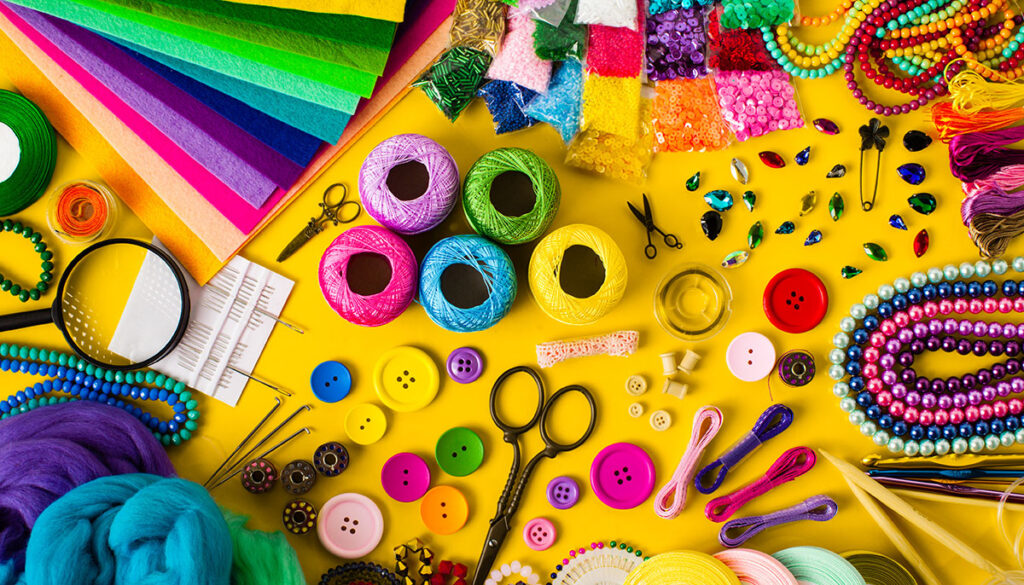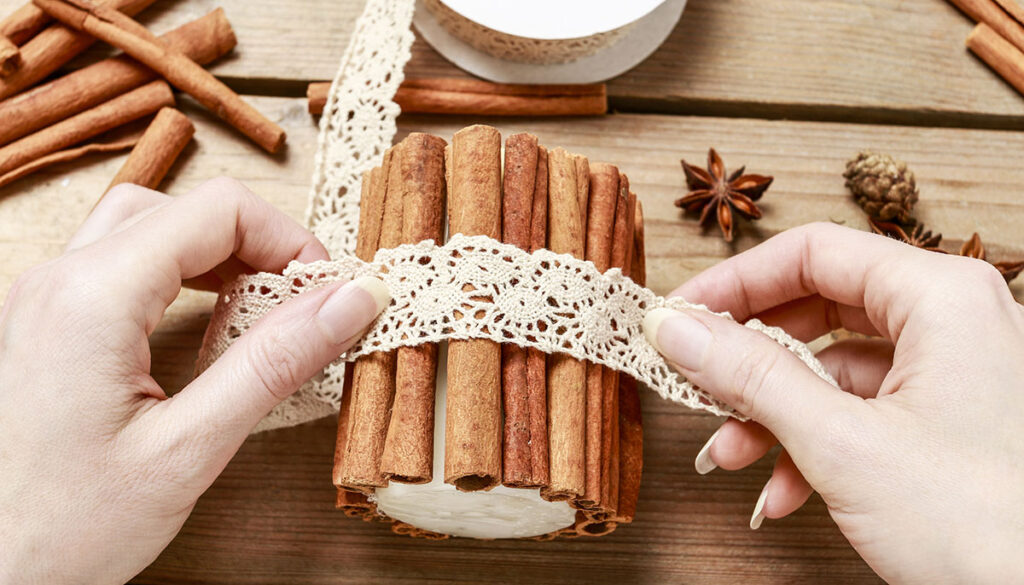As someone who firmly believes in her own ability to do anything, I’ve had more than my fair share of expensive DIY disasters. I’ll see something I want in a store and think, “I could make that.”

Yeah, turns out that’s not necessarily true. While some crafts and even home improvement projects aren’t as difficult as you think, others are either too time-consuming, expensive, or dangerous to take on for amateurs. Of course, everyone’s skill level–and comfort with risk–is different. Approach DIY projects at your own risk… or just call in a professional.
Painting Your Home
First, please check with your landlord before painting if you rent. This is not a case where it’s better to ask forgiveness than permission. If you do decide to paint, tackling the interior isn’t that hard. Depending on the original wall color, you may need multiple coats, so budget accordingly. Take the time to tape or carefully cut in, use a tarp or drop cloth to protect the floors, and be careful on ladders.

The exterior of the home, on the other hand, should probably be left to the pros. Unless you’re doing a very small amount of touch-up work, most amateurs don’t have the equipment to handle this job. Oh, and wallpapering? It’s really hard to do right!
Rewiring Lamps
If you’ve ever found a gorgeous lamp at a thrift shop with a suspicious-looking, old-fashioned plug, you might have put it back on the shelf. Rewiring old lamps sounds like something that’s difficult and dangerous, but it’s surprisingly easy.
The only downside is that the materials cost more than you might think. However, compared to the price of brand-new lamps, it’s still a bargain to fix older ones. There are just two wires involved in a basic lamp. You can find many videos online showing you exactly how to do this DIY. I’ve rewired about a dozen lamps, both for myself and for friends, and it’s not as scary as you think.
Making Soap
Have you been tempted to follow any of those cute soap hacks online? Well, I’ve got good news and bad news. The good news is that making melt-and-pour soaps is ridiculously easy. You can whip up your own custom soaps in the microwave in minutes.
However, cold-process soaps involve using lye, a dangerous chemical, and are a lot more difficult to master. Not saying you can’t do it, but this is less of a fun, one-time DIY and more of a serious hobby that requires dedicated equipment and a lot of careful measuring. It also takes patience–cold-process soaps need to cure for 4-6 weeks before you can use them.
Also, a word of caution: Many of those viral soap videos are fake or involve safety risks. For example, a “cinnamon roll” melt-and-pour soap project recommended that you put several tablespoons of real cinnamon into the mix. The problem is that cinnamon is not safe to use in bath products because it can burn your skin.

Making Pet Food
Quality pet food is expensive. But going the DIY route isn’t necessarily safe for your critters. Homemade cat food, in particular, can actually lead to a serious deficiency in taurine, a nutrient found in certain meats.
Without it, cats can go blind or even die. Cats also can’t have onions or garlic, so any recipes that use conventional chicken stock (which contains both) is a bad idea. Oh, and they can’t actually digest milk, either! Dogs can’t have alliums, chocolate, uncooked potatoes, and other foods as well.
While baking a batch of dog treats is probably okay, as long as your recipe comes from a trusted source, completely DIYing your pet’s diet isn’t a great idea. Aside from issues with food safety, it’s also not going to save you money or time.
Changing Your Own Oil
Can you change the oil in your car? Yes… but you might want to leave it to the pros anyway. The actual process of changing the oil isn’t that challenging, although it does require some dexterity to get under the car. You’ll have to use a jack to raise the car, then scoot under it. You’ll also get pretty filthy.
However, the biggest issue is what to do with the oil once you’ve drained it. You can’t just throw it out. It needs to be disposed of properly at a designated dumping station.
Ultimately, the price difference of changing the oil at home might not outweigh the hassle of doing it yourself.

Tiling a Shower or Bathroom
There’s a world of difference between putting up a new decorative backsplash and tiling a bathroom floor. However, both of them will require you to carefully measure and arrange tiles to avoid gaps or crooked lines. Once tiles have been glued in place, they’re not easy to remove!
You’ll also have to use some pretty gnarly chemicals–specifically, sulfamic acid–to clean the tiles once they’ve been grouted. And that doesn’t even take into account the risk of poor grouting or caulking that can lead to hidden water damage.
If you really want to DIY a pretty backsplash, look into removable peel-and-stick options. I’d leave most major tile jobs to the pros.
Growing Vegetables
So the thing that I’ve discovered about growing my own vegetables is that it’s a lot of work. If you’re passionate about gardening, have the space and time to care for growing plants, and possess a strong sense of strategic planning, then knock yourself out.
For me, growing my own tomatoes was an exercise in frustration, dashed hopes, and–in the end–horrible green caterpillars that ate everything.
If you’re going to start a victory garden, use seeds and not plants from the big-box store. Start small with just one or two crops. Get used to the idea that you’ll need to expend more energy than you think to grow, harvest, and preserve your bounty.

Crafting Beauty Products
Not all beauty DIY projects are created equal. Making a simple salt or sugar scrub at home? Easy. Blending your own cosmetics? Things get dicier.
As with many other DIY ventures, the information you find online might not always be safe or accurate. If you’re trying to make products that will go near your eyes or lips (or be slathered all over your skin, which is your body’s largest organ), proceed with caution.
Only use body-safe glitters or mica powders that are specifically formulated for cosmetics. And be very careful with those essential oils. Many of them can actually cause severe reactions! Citrus oils should not be used in skincare products, for example, because they can cause your skin to burn when exposed to sunlight.













